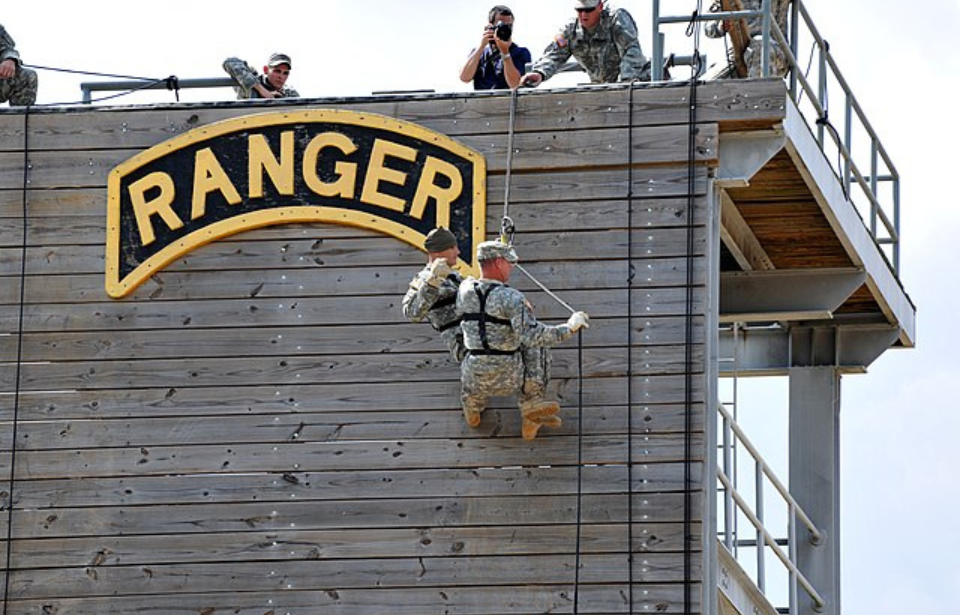During the 1980s, the surge of illegal drug distribution in American cities fueled a dramatic rise in gang activity and violent crime. Though drug abuse remains a pressing issue today—especially with the ongoing opioid crisis—the epidemic of the 1980s and ’90s brought an unprecedented level of chaos to many urban communities. One striking example unfolded in Tacoma, Washington, where U.S. Army Rangers found themselves in a volatile standoff with local gang members. The incident underscored the deep entrenchment of the drug trade and the alarming ease with which ordinary neighborhoods could erupt into confrontation.
Staff Sgt. William Foulk bought a house in a rough neighborhood
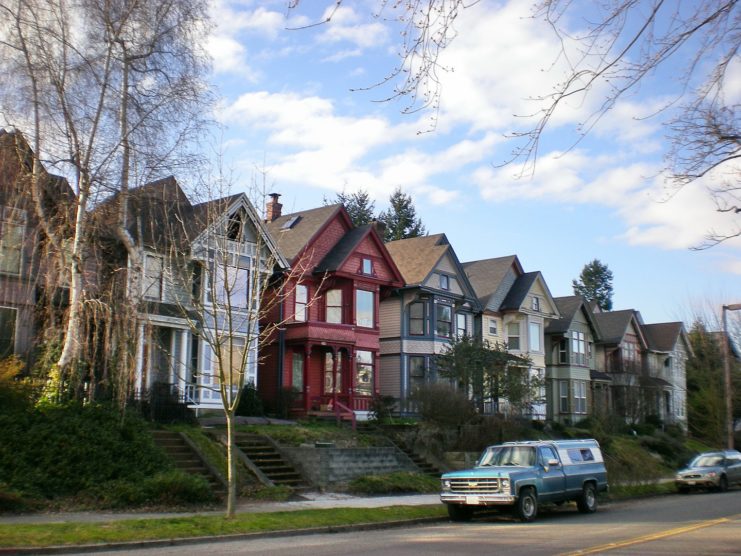
Houses along the block saw serious gang activity
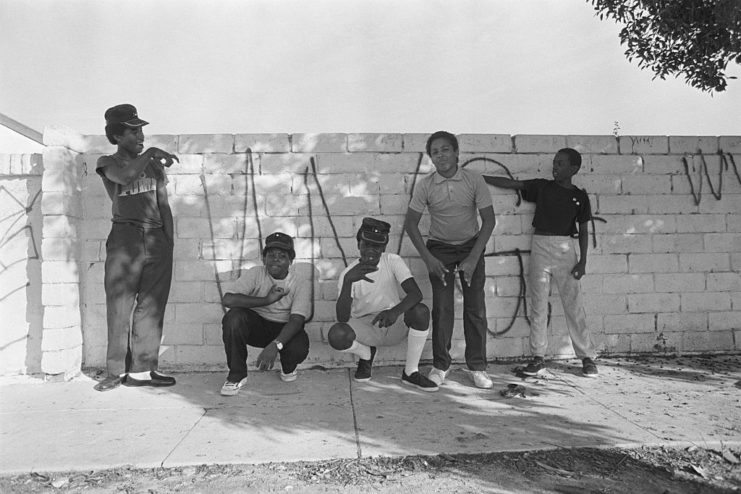
Staff Sgt. Foulk began to suspect that people living in a nearby house on Ash Street, where he also lived, were involved in drug dealing.
To gather proof, he set up a camera in one of his windows. The gang members quickly noticed it and tried to destroy it by throwing rotten pears. When that didn’t work, they decided to shoot at it instead.
Foulk then confronted the gang directly, demanding that they stop both shooting at the camera and their illegal activities in the area. As expected, the gang didn’t take it well, telling the Army Ranger to stay out of their business—something he had no intention of doing.
The Ash Street shootout of 1989
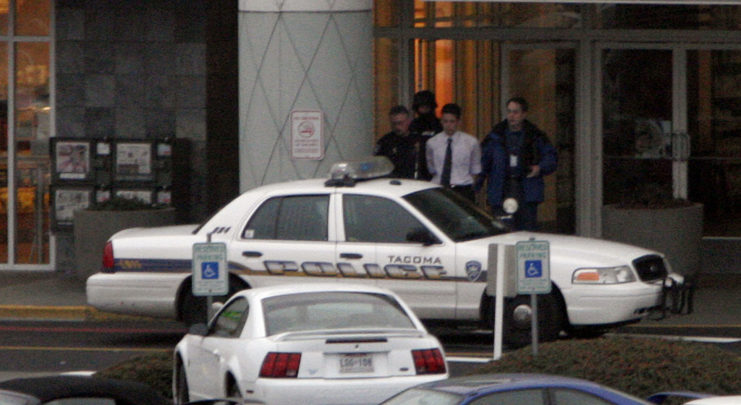
After a tense encounter with local gang members, Staff Sgt. Foulk grew concerned that they might come after him. To prepare, he sent his wife away for safety and invited his fellow Army Rangers over for a barbecue. Between 10 and 15 Rangers showed up—armed and ready. That decision turned out to be a smart one, because on September 23, 1989, Foulk’s home was attacked.
The gang likely didn’t expect such a strong response. The Rangers quickly took defensive positions and returned fire. The gunfight lasted somewhere between 10 and 30 minutes before police arrived and broke it up. While most of the gang members got away, two were caught and charged with assault and weapons violations.
The Rangers were not charged with any crimes, although their weapons were taken by authorities.
Aftermath of the shootout
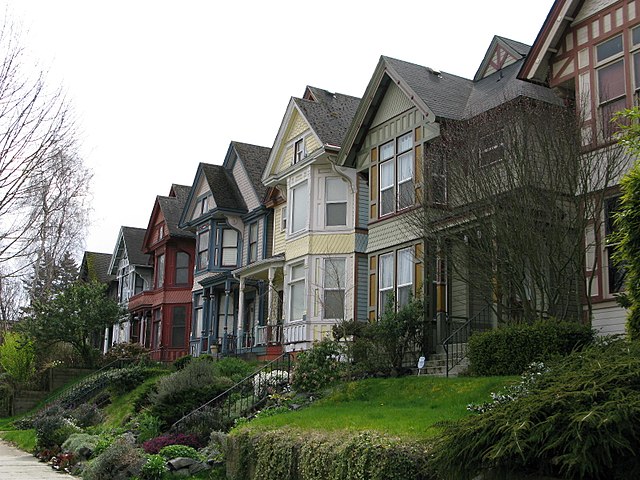
The most amazing thing about the Ash Street shootout was that no one was killed or hurt, despite over 100 rounds being fired. Maj. Clyde Newman of the 2nd Ranger Battalion said of the incident, “From everything I am told by the city police, the Rangers were right. They were having a party, and they were attacked.”
Sam Thrall, a police sergeant, noted, “I think what happens now is we go up to Ash Street and clean them out… We have a real concentration of bad guys there and the neighborhood has finally clashed with them face to face. The fact that nobody got hurt – it is kind of amazing.”
The incident was a turning point for Tacoma, as it drew attention to the rampant crime in the city. Residents became involved in policing their own neighborhoods and created a safe spaces program that remains in place to this day. City officials also adjusted their budget to ensure additional police officers could be hired.
The Hilltop neighborhood completely changed

The shootout on Ash Street was wild and chaotic, but, eventually, Tacoma’s Hilltop neighborhood became one of the city’s safest. As for Staff Sgt. Foulk, his investment became an incredible success. According to RedFin, the house he purchased for $10,000 is now worth well over what he paid – between $330,000 and $450,000!
